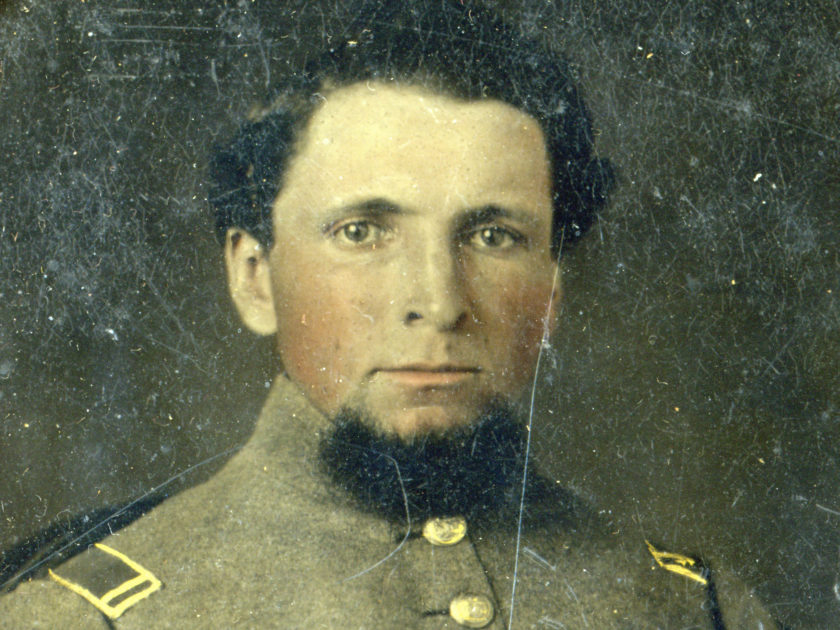






Meanwhile, his 53-year-old father became captain of Company G of Thomas’s Legion, an organization recruited from eastern Tennessee and western North Carolina. The captain and his company transferred to the 1st Tennessee Cavalry in late 1862.
Capt. Neff was captured at Somerset, Ky., on March 30, 1863, and imprisoned with other captured Confederate officers at Fort Delaware, Del. He survived his captivity and the war, and lived until 1887. His son, 2nd Lt. Neff, did not fare as well. Two men described as Lincolnites murdered him on April 21, 1865, according to his family. Neff’s death occurred less than two weeks after President Abraham Lincoln was assassinated.




SPREAD THE WORD: We encourage you to share this story on social media and elsewhere to educate and raise awareness. If you wish to use any image on this page for another purpose, please request permission.
LEARN MORE about Military Images, America’s only magazine dedicated to showcasing, interpreting and preserving Civil War portrait photography.
VISIT OUR STORE to subscribe, renew a subscription, and more.

